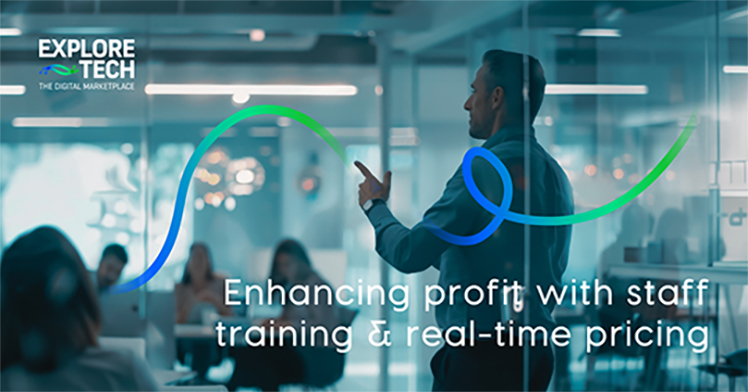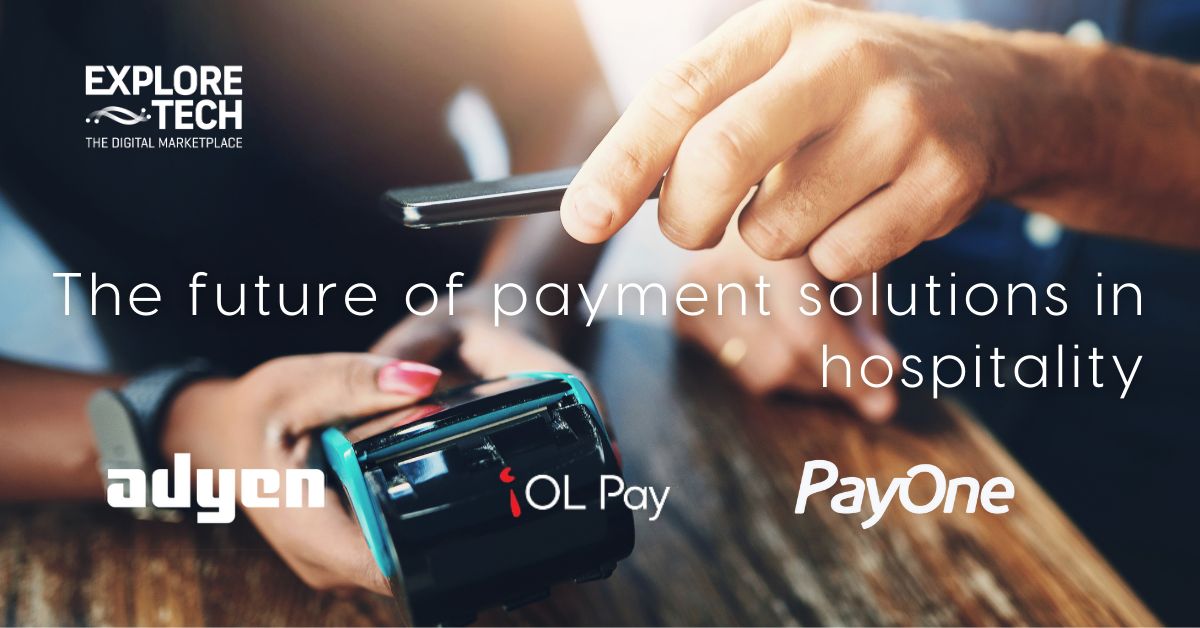
In the competitive landscape of hospitality, the quest to optimize revenue while maintaining operational efficiency and guest satisfaction is paramount. One powerful strategy that hotels are increasingly leveraging is dynamic pricing. This approach allows hotels to adjust prices in real time based on demand fluctuations, seasonality, competitor pricing, and other relevant factors. Implementing dynamic pricing effectively requires not only technological integration but also a well-trained and motivated staff.
In this article, Hosdu Co-founding Partner Nicholas Worsøe provides valuable insights into the critical role of comprehensive training in maximizing hotel revenue through dynamic pricing. Drawing from his expertise, Worsøe shares key elements of effective training, implementation strategies, and the importance of fostering a supportive learning environment for hotel staff.
Understanding Dynamic Pricing
Dynamic pricing is more than just a technological solution; it’s a strategic tool that relies on human expertise to achieve its full potential. According to Worsøe, the successful implementation of dynamic pricing hinges on comprehensive training. Without a thorough understanding and buy-in from your staff, the initiative is bound to fail. Worsøe contributed to this article by offering his expert perspective on the critical role of training in maximizing hotel revenue through dynamic pricing.
Key Elements of Effective Training
Real-Life Cases and Practical Insights
To grasp the concept of dynamic pricing, staff benefit from real-life case studies that demonstrate its impact on revenue and operational efficiency. Worsøe suggests using real-life scenarios to help staff understand the practical implications of dynamic pricing and motivate them to embrace new strategies. These scenarios not only illustrate the benefits but also highlight the challenges of manual pricing processes.
Engaging Assignments and Active Learning
Active participation is crucial for effective learning. Incorporating assignments that encourage staff to analyze pricing scenarios and propose solutions fosters deeper understanding and engagement. This approach empowers staff to apply theoretical knowledge to practical situations they may encounter in their daily operations.
Maintaining Motivation Through Incentives
Motivation is key to sustaining staff engagement throughout the training process. Implementing incentives and competitions keeps motivation levels high and encourages continuous improvement. Recognizing and rewarding staff for their efforts in mastering dynamic pricing reinforces their commitment.
Microlearning and Gamified Approaches
Breaking down complex concepts into manageable modules through microlearning techniques helps staff absorb information more effectively by delivering content in short, focused bursts. Incorporating gamified elements such as virtual pricing simulations adds an interactive dimension to learning, making it both enjoyable and impactful.
Training Front-Facing Staff for Effective Communication
Front-facing staff play a crucial role in communicating pricing strategies to guests. Training them on effective communication ensures consistent messaging and enhances guest satisfaction. Providing clear guidelines on what to communicate, how to communicate it, and when ensures professionalism.
Implementation Strategy
Successfully integrating dynamic pricing into hotel operations requires a structured approach to training and implementation:
Highlighting Benefits and ROI
Educating staff on the tangible benefits and return on investment (ROI) of dynamic pricing can make them more likely to embrace the strategy. Addressing common concerns such as the need for numerical proficiency and potential impacts on guest satisfaction is also essential.
Engaging Learners with Real-Life Scenarios
Utilizing case studies and practical examples to illustrate the effectiveness of dynamic pricing in different market conditions provides a contextual understanding of dynamic pricing strategies. These examples empower staff to apply dynamic pricing to maximize revenue and enhance guest experiences.
Creating a Supportive Learning Environment
Fostering a culture of continuous learning and collaboration within your hotel team encourages staff to share insights and collaborate on optimizing pricing decisions. Emphasizing the importance of teamwork can help achieve collective success in implementing dynamic pricing strategies.
Utilizing Technology for Enhanced Learning
Leveraging e-learning platforms, simulations, and interactive tools facilitates training and makes it more accessible and effective, preparing staff for technological advancements in dynamic pricing. These tools enhance flexibility and scalability in learning.
Regular Evaluation and Adaptation
Continuously assessing the effectiveness of training programs through feedback loops is crucial. Regularly updating training materials based on staff feedback and industry trends ensures relevance and impact in dynamic pricing implementation.
Training is not merely a procedural requirement but a strategic imperative in maximizing hotel revenue through dynamic pricing. By investing in comprehensive training programs that equip staff with the knowledge, skills, and confidence to implement dynamic pricing strategies effectively, hotels can achieve significant revenue growth while delivering exceptional guest experiences.
More about Hosdu
Hosdu is an online platform specializing in hospitality training, onboarding, talent development, and SOP management. It serves as a comprehensive tool for employees to access high-quality training courses and enhance learning outcomes through applied methodologies like augmented reality and engaging activities such as games. For management, Hosdu functions as software designed to improve employee performance, development, onboarding, and retention. It achieves this through data analytics, tools for clear oversight, and artificial intelligence.

ExploreTECH Content Team
admin


